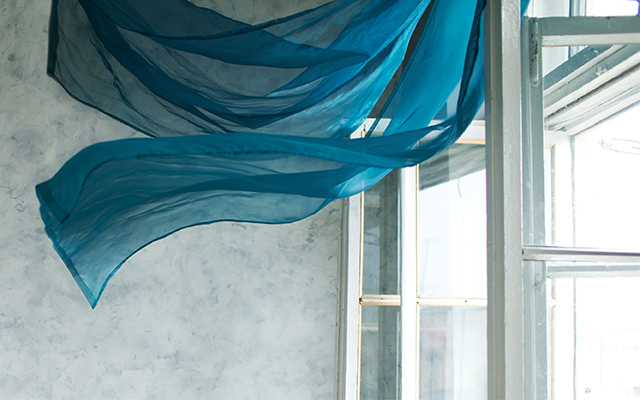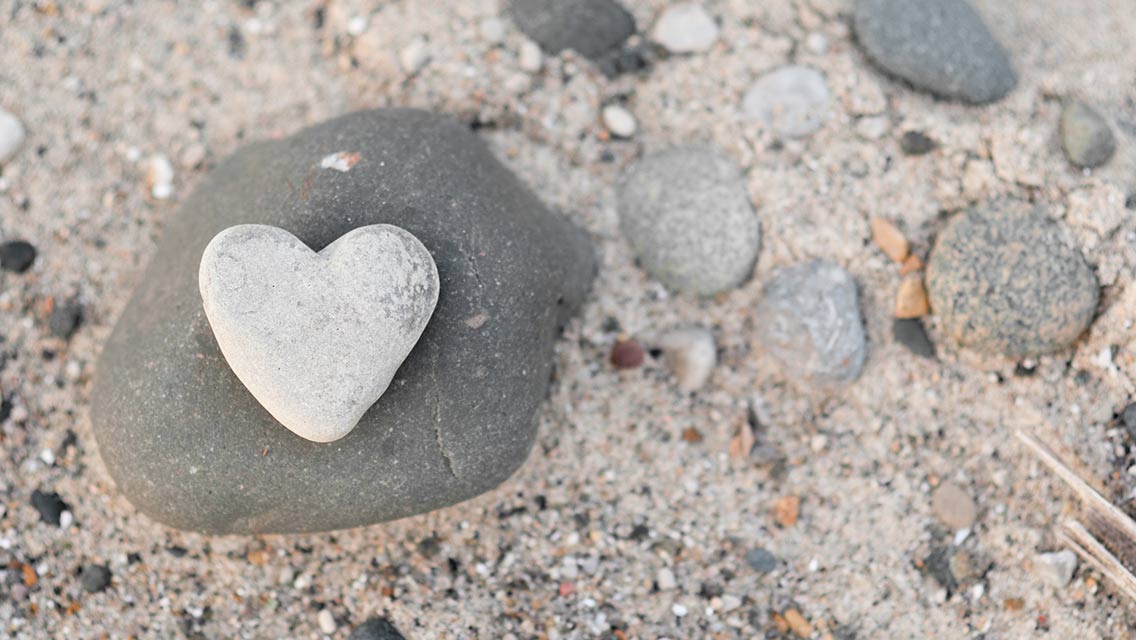Twyla Tharp is renowned for her innovative choreography, which blends classical ballet and modern dance with dancehall favorites. Since 1965, the Tony and Emmy Award winner has created more than 160 works: dances for television specials, full-length ballets, Broadway shows, figure-skating routines, and the films Hair and White Nights.
She is also known for her vigorous exercise regimen, which propels her on- and offstage. “The older we get, the more we should commit to physical activity,” Tharp, 79, notes. “Getting physical and improving is how we can continue to thrive among the living.”
This approach often leads people (even those who are much younger) to ask her, “How do you keep working?” To answer that question, Tharp has outlined what she’s learned from committing to a life of dance in her newest offering, Keep It Moving: Lessons for the Rest of Your Life.
Filled with inspiring anecdotes from her own life and those of other luminaries, such as artist Claude Monet and Olympian Jim Thorpe, each chapter offers an approach to moving designed to help readers maintain their prime.
“I want to reprogram how you think about aging by getting rid of two corrosive ideas,” she writes. “First, that you need to emulate youth, resolving to live in a corner of the denial closet marked ‘reserved for aged.’ Second, that your life must contract with time.” — Heidi Wachter
Here are some of our favorite takeaways for keeping your groove at any age from Tharp’s latest book.
Shut Up and Dance
With the time you’ve got, choose to make your life bigger. Opt for expression over observation, action instead of passivity, risk over safety, the unknown over the familiar. Be deliberate, act with intention. Chase the sublime and the absurd. Make each day one where you emerge, unlock, excite, and discover. Find new, reconsider old, become limber, stretch, lean, move. . . . I say this with love: Shut up and dance. That was the advice I gave myself for my 65th birthday. You might want to start now.
Keep Expanding
Practice growth. This is one habit I encourage you to cultivate. What you do today is an investment in tomorrow. With that in mind, to the list of desirable states of emotional equilibrium that end in “-ness” — for example, wellness, mindfulness, forgiveness, friendliness, decisiveness, hopefulness, and the really big one, happiness — let me add a personal favorite: expansiveness. Moving out is moving on, time and space working in tandem.
Take Up Space
When your muscles stretch rather than constrict, you expand your share of the planet. You take up more space, not less. Dancers know this intuitively. They are taught to move so that every gesture is not only more precise and elegant, but bigger. We call it amplitude. It is not enough to state an arabesque; it must be opened in every direction to its full expanse. In order to be seen, the dancer must occupy maximum volume. You can think the same way in your everyday movements.
- When you walk, think of yourself as striding, not just taking mingy steps.
- Greeting a friend, reach your arm out, whether to shake a hand or give a hug, with amplitude and full fellow feeling. Be robust.
- During a meeting, spread your belongings out across the table instead of gathering them tidily in your lap. Speak out. Take up mental space as well.
There is logic in our movement. Remember, when we walk, we go forward. We can move backward, but we are not designed for this. Forward is our natural way.
Think of this all as your personal Occupy More Space protest.
Walk Away
The older I get, the more I say no. I turn down jobs, invitations, interviews, you name it. We usually have a list of good reasons when we accept a new challenge. But we only need one reason — some factor that makes success impossible — to decline.
I didn’t appreciate this way back when. I’d dive into a new situation, ignoring the killer flaw that doomed the enterprise, believing I could overcome it, or that things would change for the better, or I’d get lucky. I was seduced by the glamour of difficulty — and what’s more glamorous than the “impossible” or never done before?
With the time you’ve got, choose to make your life bigger.” — Twyla Tharp
It was like climbing Mount Everest and praying for a life-threatening storm to make the ascent more meaningful or dramatic. It rarely turned out well. Afterward I’d reproach myself, Why didn’t I trust the voice that said I’m wasting time? Do this enough times and you learn to walk away instead of diving in.
Start With a Squirm
Down and out, go to our common evolutionary beginning and squirm. A wriggling moment — squirming looks like what it sounds like — a worm moving. It is formless physical effort, the vaguest of movement inside your skin.
Picture this in your mind now and move in your chair. Then, before you have to look in the mirror tomorrow morning, you will try it in your bed for real. Lying on your back, move your torso to the right, then the left, then back to the right.
Next, bend the legs slightly. Now bend the legs again while flexing those feet — feel the stretch in the back of your heels. Don’t forget to breathe.
Now arch the back. Arch again and roll the upper shoulders back. Release. In bed, with repetitions, you will travel ever so slightly, but that is not the point. Starting is the point.
Now roll onto your stomach. This next is the inverse of the arch you just completed: Contract the abs so they are pulling you in and curve the back out. As you release, push into the bed with your toes.
Again on the back, raise your hands — shake them. Jaw — move it from side to side. Scowl. Release. Forearms wave back and forth. If you can, try flowing in what you might imagine as a Hawaiian greeting from the shoulders.
Still on the bed, breathe deeply, now add shoulder rolls back. Roll to the right side and stretch the left leg across. Reverse that. Now start getting up from the bed. Double over in the direction of your feet and stand up.
Feeling better but not quite ready to go? Focus on the breath — in for a count of four, hold for four, exhale for four, hold for four. Ten of these deep breaths should make a difference. Now you should be ready to start your day. Your whole day will be stronger for having taken the time to wake up your body before you demand that it get to work.
None of this may seem that challenging, but think of it as your better-than-nothing workout.
From Keep It Moving: Lessons for the Rest of Your Life, by Twyla Tharp. Copyright © 2019 by Twyla Tharp. Reprinted by permission of Simon & Schuster, Inc.
This originally appeared as “Raising the Barre” in the July-August 2020 print issue of Experience Life.




This Post Has 0 Comments